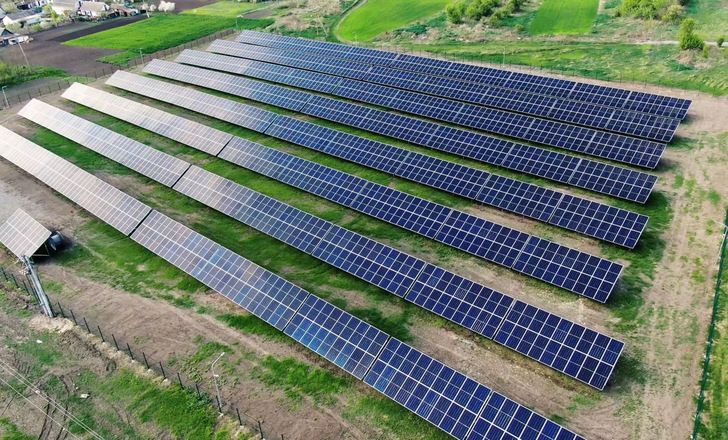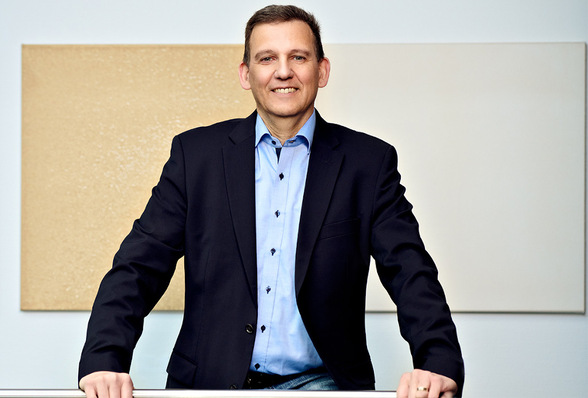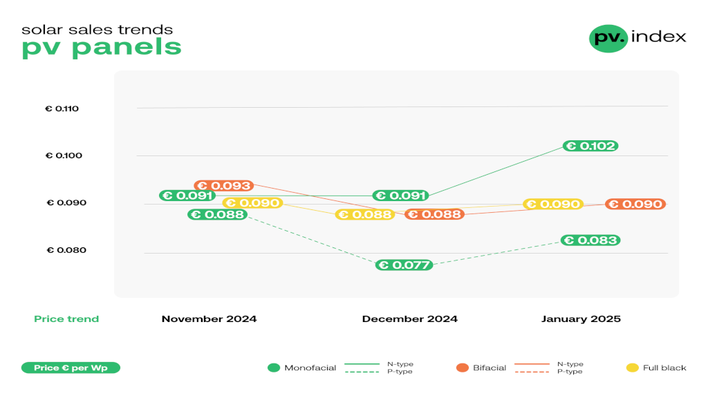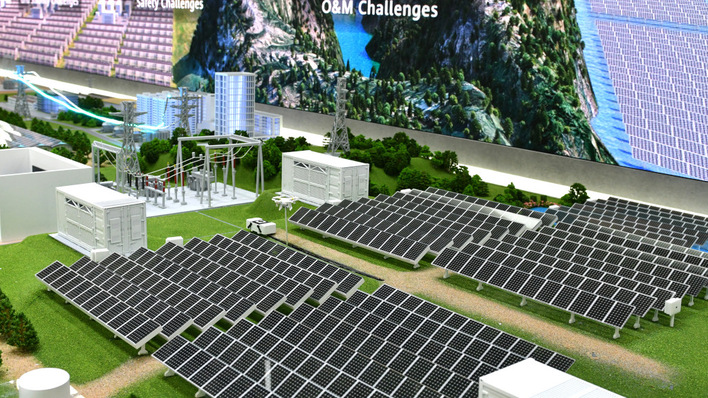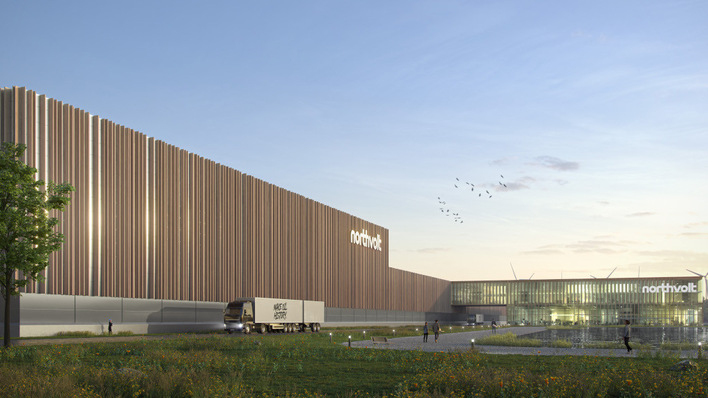The solar power industry is experiencing a period of dynamic change, with significant market trends emerging across the globe.
China's solar power expansion
China's solar power industry has seen rapid expansion, with 217 GW of solar installations in 2023 alone. This massive growth is more than the total solar capacity of the US (175 GW).
In December 2023, China deployed 53 GW of capacity across the country, close to what the entire EU added over the year (56 GW).
With 40% of the global PV power generation capacity, China's impact on the industry is very significant.
Manufacturing overcapacity
Chinese solar manufacturers have rapidly increased their production capacity, leading to an oversupply of PV components in the market.
This oversupply is a short-term challenge, but the real concern lies in manufacturing overcapacity.
Bloomberg Tier 1 list of module manufacturers has been reduced to only include ca. 40 top manufacturers. Their combined listed capacity is 800 GW, way above the demand estimates for 2024 or 2025. The capacity of non-Tier 1 players only makes the overcapacity more severe.
If China's demand for components slows down by just 25% in 2024 compared to 2023, that demand shortage would be larger than the entire demand of EU.
China slowing down could result in many manufacturers facing a lack of demand for their products and potential bankruptcies.
Implications for global markets
The overcapacity in China could disrupt global markets as other regions may struggle to absorb the excess production.
European and US markets may face increased competition and potential price instability due to the oversupply from Chinese manufacturers.
Despite the already existing overcapacity, manufacturers are still setting up new manufacturing plants in the US that could produce more than US market is able to absorb.
Pricing trends and PMI
March pv.index and PV PMI (Purchasing Managers' Index) of sun.store results indicate a slight decrease in PMI from 73 to 71, suggesting that while buyers still expect to procure more in April than March, the outlook is slightly worse than a month prior.
Monofacial module prices increased slightly from 0.124 to 0.129, driven mainly by commercial and industrial power classes. Meanwhile, residential module prices continue to trend downward.
Industry concerns and outlook
The situation in the PV component market is uncertain. Manufacturing overcapacity could lead to a shakeout in the industry, impacting both established and new players.
Companies like Meyer Burger face challenges, with a 95% decrease in stock price over the past 12 months and significant losses in 2023.
The industry is in a state of flux, and it remains to be seen whether this is a temporary market correction or a sign of more lasting price stabilization.
Join the new initiative: New Solar2Share Collective
In conclusion, the solar power industry is undergoing a transformative period, with China playing a key role in shaping market dynamics. While the oversupply and overcapacity present challenges, they also offer opportunities for negotiation and strategic positioning for distributors and manufacturers alike. Moving forward, industry players must navigate these market trends with agility and foresight. (BM/hcn)


